
When Mr. King the cat discovers that one of the pretty flowers near his home has been chewed by a caterpillar, he is NOT happy. He decides to build himself a Caterpillar-Catcher to track down the culprit who did it.

When Mr. King the cat discovers that one of the pretty flowers near his home has been chewed by a caterpillar, he is NOT happy. He decides to build himself a Caterpillar-Catcher to track down the culprit who did it.
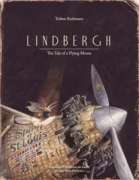
These are dark times for a small mouse. A new invention—the mechanical mousetrap—has caused all of the mice but one to flee to America, the land of the free. But with cats guarding the steamships, trans-Atlantic crossings are no longer safe. In the bleakest of places the one remaining mouse has a brilliant idea. He must learn to fly!
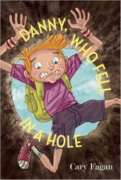
Danny’s parents have always been a bit flaky, but this time they have gone too far! Their latest plan to follow their dreams means Danny and his older brother will spend six months in Banff (wherever that is) and six months in New York City. Furious, Danny runs out of the house and straight into a very, very large hole. When it appears that help is not on the way, Danny becomes a subterranean Robinson Crusoe, creating shelter (garbage bag and paper clips), cereal (coffee creamer, rainwater, granola bars, and a few rogue raisins), and a washroom (a hole in a hole).
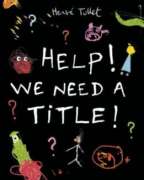
What if you picked out a book to read, but the characters weren’t ready for you yet
Take a peek inside this book and you’ll find some characters (though they’re still a bit sketchy). They’ll be perplexed to see you, so they’ll quickly try to track down their author (who has a lot more work to do). What you won’t find is a story, or a title, because — guess what? The book isn’t finished yet! But surely the author must have a story to tell? In this charming “meta” picture book, children of all ages are encouraged to interact with a book still in the process of being invented. And that’s a story in itself!
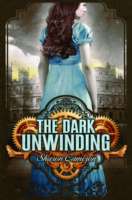
In 1852, when seventeen-year-old Katharine is sent to her family’s estate to prove that her uncle is insane, she finds he is an inventor whose work creating ingenious clockwork figures supports hundreds of families, but strange occurences soon have her doubting her own sanity.
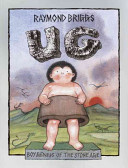
To the dismay of his parents and friends, a prehistoric boy continually thinks of making things softer, warmer and nicer, rather than being content in a world of stone.
This fictional journal is from the year in which Galileo constructed his own telescope and began to record his astronomical discoveries. Includes additional nonfiction biographical information.
This book provides readers with an up-close look at the ingenuity of forward-thinking inventors and engineers from the early civilizatrions
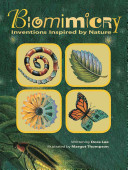
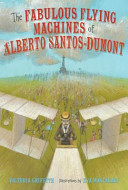
While the Wright Brothers were gliding over Kitty Hawk, the charming Brazilian Alberto Santos-Dumont was making his own mark on the history of flight. Alberto loved floating over Paris in his personal flying machine called a dirigible. He would tie it to a post, climb down, and spend the day shopping or meeting friends for coffee. But he wanted to make his invention even better. By 1906, Alberto had transformed his balloon into a box with wings! But now there was competition. Another inventor challenged Alberto to see who would be the first in flight. Alberto’s hard work paid off, and his airplane successfully soared into the air, making him the first pilot to lift off and land a completely self-propelled plane.